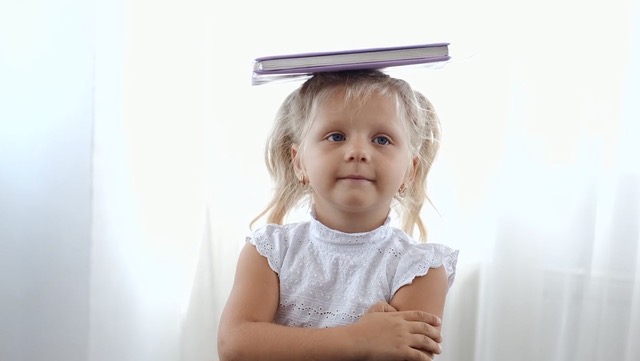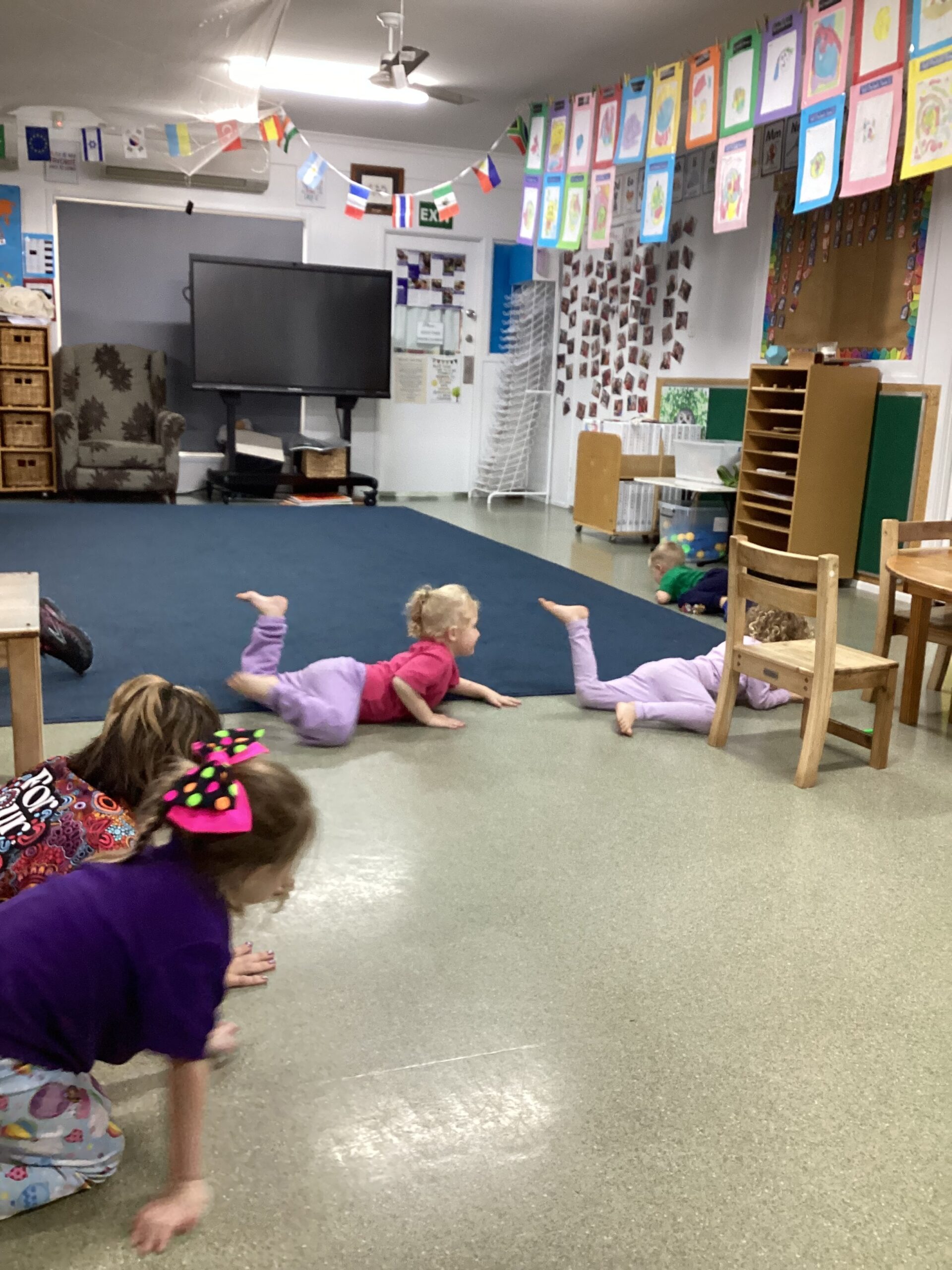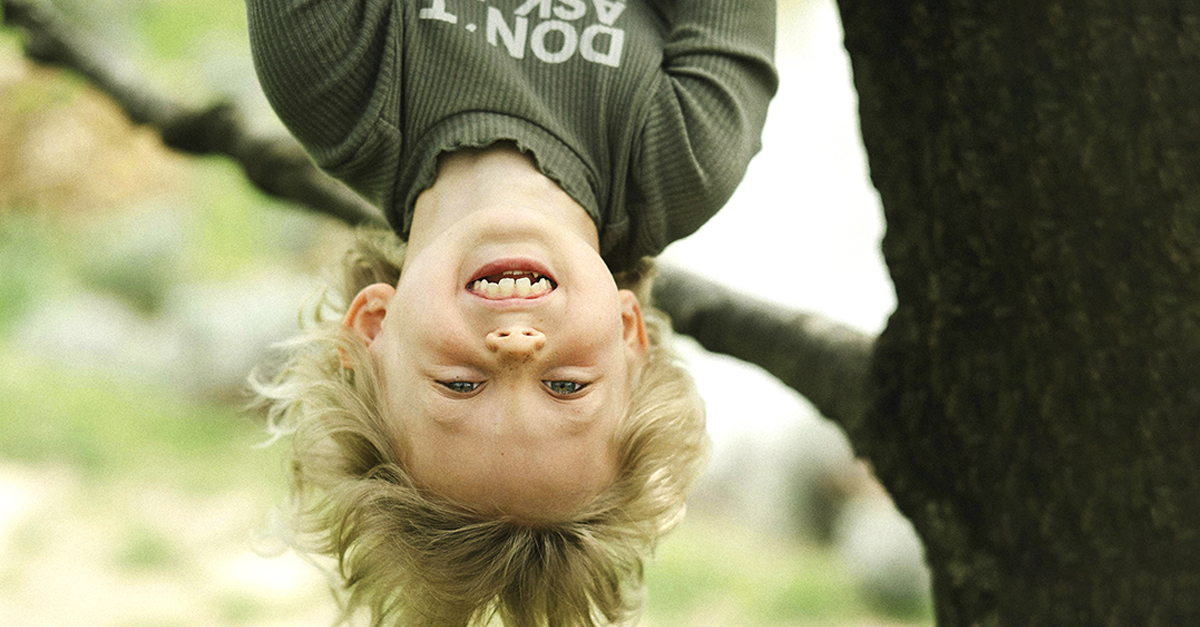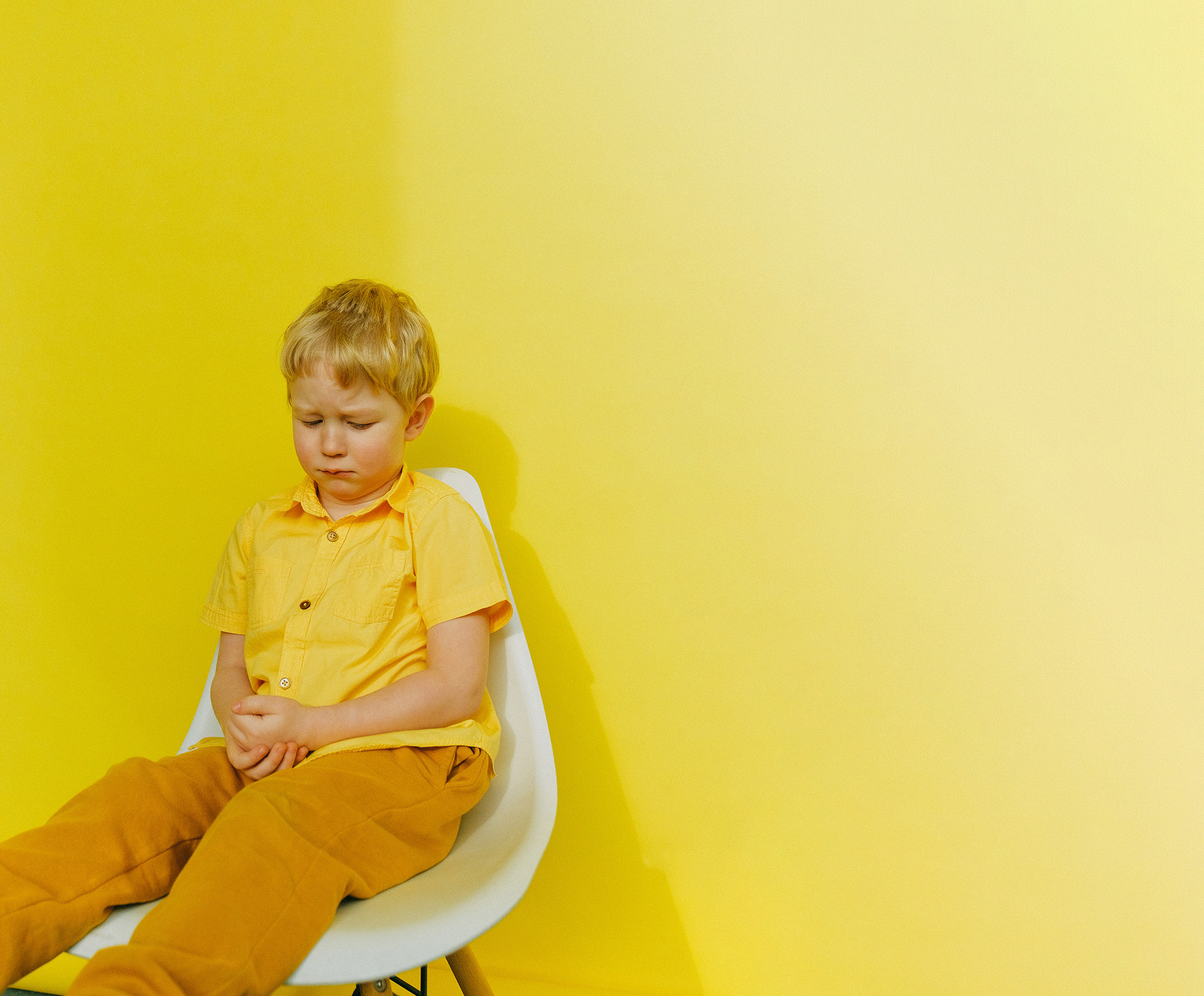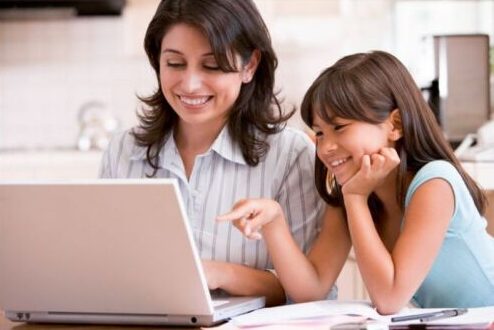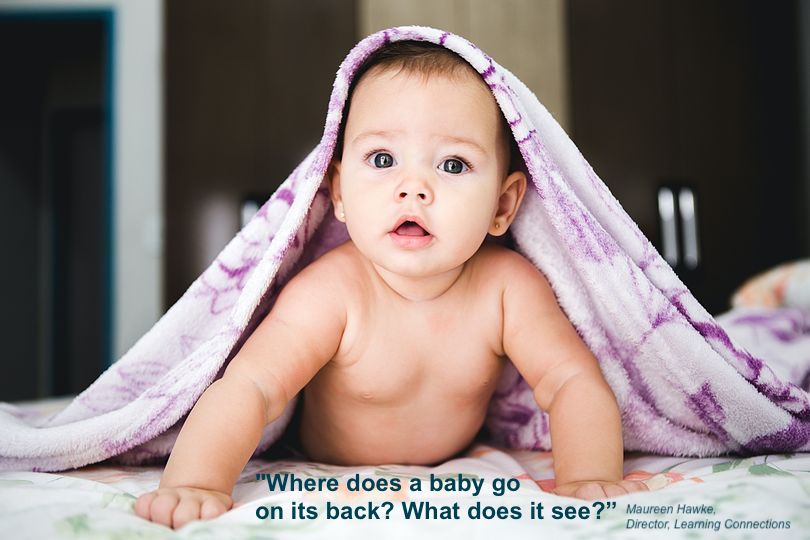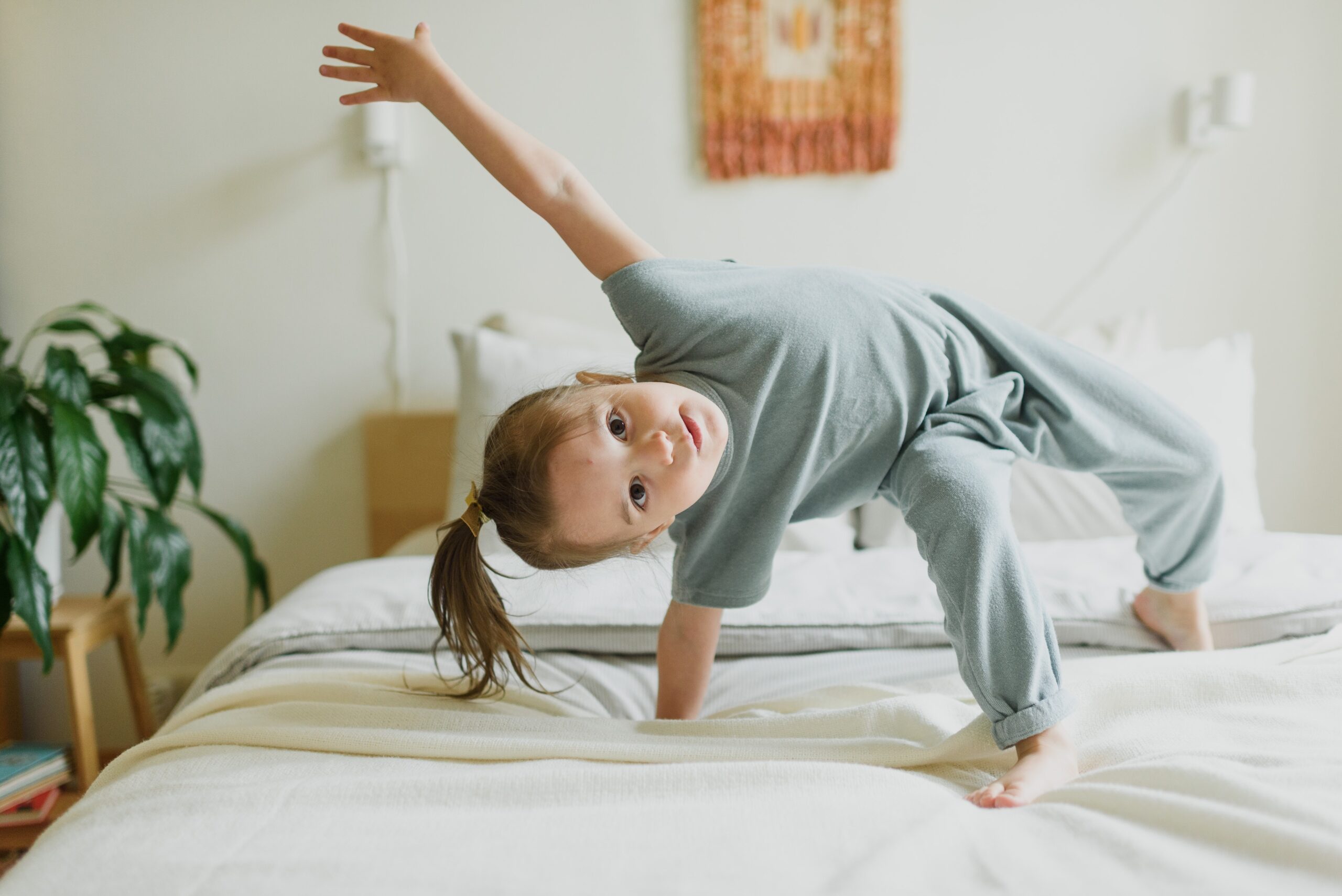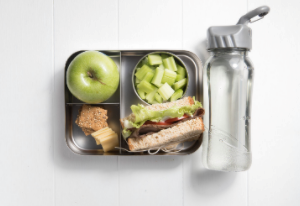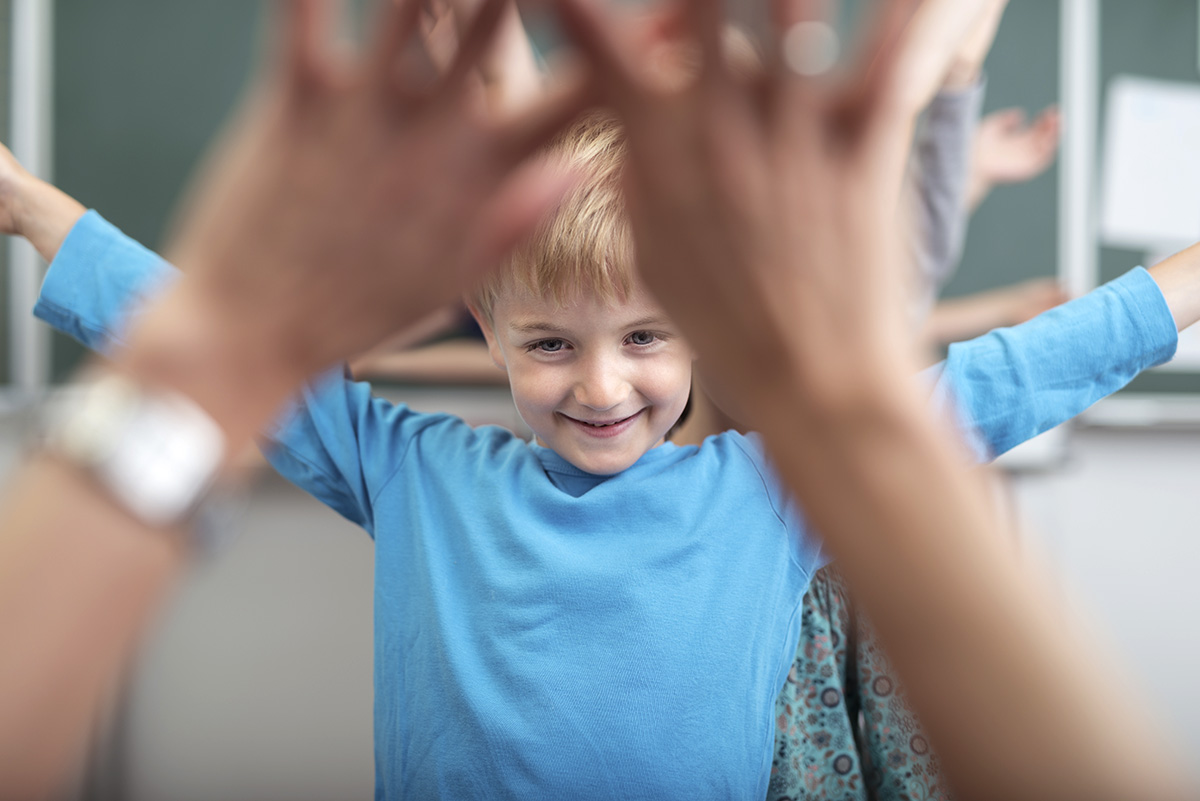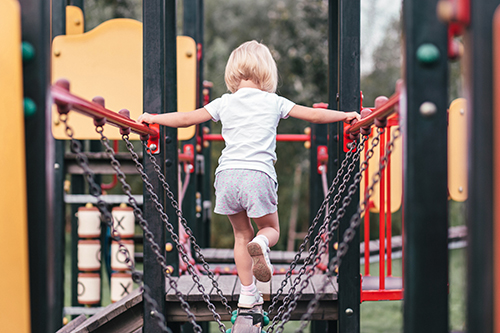In a recent article in The Conversation Kate Highfield highlights the importance of looking at the quality as much as the quantity of screen usage by children.
The Australian 24-hour movement guidelines (REF) recommends the following quantities:
- no screen time for children younger than two years
- no more than one hour per day for children aged 2–5 years
- no more than two hours of sedentary recreational screen time per day for children and young people aged 5–17 years (not including schoolwork).
Highfield argues that the term “screen-time” may actually be unhelpful, citing research finding that many Australian parents find these “time-based” recommendations difficult to comply with, and that the focus on time is outdated as it only measures quantity and not the quality of what children are watching. She is not however suggesting a free-for-all for kids timewise, but rather is highlighting the need to focus on what our kids are watching and how they are watching it.
Below are some suggestions for both the WHAT and the HOW –
WHAT They Are Watching
Quality content that supports learning
In an earlier article we highlighted the importance of quality programs to encourage learning and suggested Play School, Sesame Street and ABC Kids. We also recommended the website www.commonsensemedia.org for help reviewing content suitability.
Here are some further suggestions for seeking out quality Apps and programs:
- The American Library Association’s Notable Children’s Digital Media list – provides a list of dynamic, interactive media content for children that encourages active engagement, social interaction and learning.
- The PBS Kids’ Play and Learn Science App encourages pre-schoolers and parents to erxplore science on and off the screen- it can engage reluctant pre-readers, encouraging them to read through activities like making different kinds of shadows using the sun or a flashlight, or dressing up for different kinds of weather.
- The News South Wales Government’s Top parenting apps website provides a list of quality Apps for children and for parents.
HOW They Are Watching
Co-viewing and engaging in the media together
The benefits of good digital technology are maximised if you are an active participant, engaging with what your child watches – i.e. if you are co-viewing.
As Shelley Pasnik, Director of the Center for Children & Technology explains, learning for young children is driven by human interactions –
“What young kids need are a lot of experiences that are built on contingency, so a child does something and an adult says something in response. It’s a back-and-forth.” It’s important that kids know what they do has an effect “And they’re going to get a response.”
Pasnik’s research has shown that when kids watch shows like PBS’s Peg + Cat, which teaches early math skills, with parents or caregivers they retain significantly more than when they watch alone. Strategies that actively engage young children during screen time include asking open-ended questions. “Just encouraging conversation, to begin with,” she explains, “and also knowing to pause play, for example to ask questions, to get kids thinking about what they saw.”
“Parents talking about what they’re seeing either during the experience or afterwards can be important. We’re constantly translating and interpreting what we see on a screen or a particular device, so the more an adult can encourage conversation around that experience the deeper the experience becomes.”
In this way it becomes less about what’s on the screen and becomes more of an interactive, social experience between parent and child.


